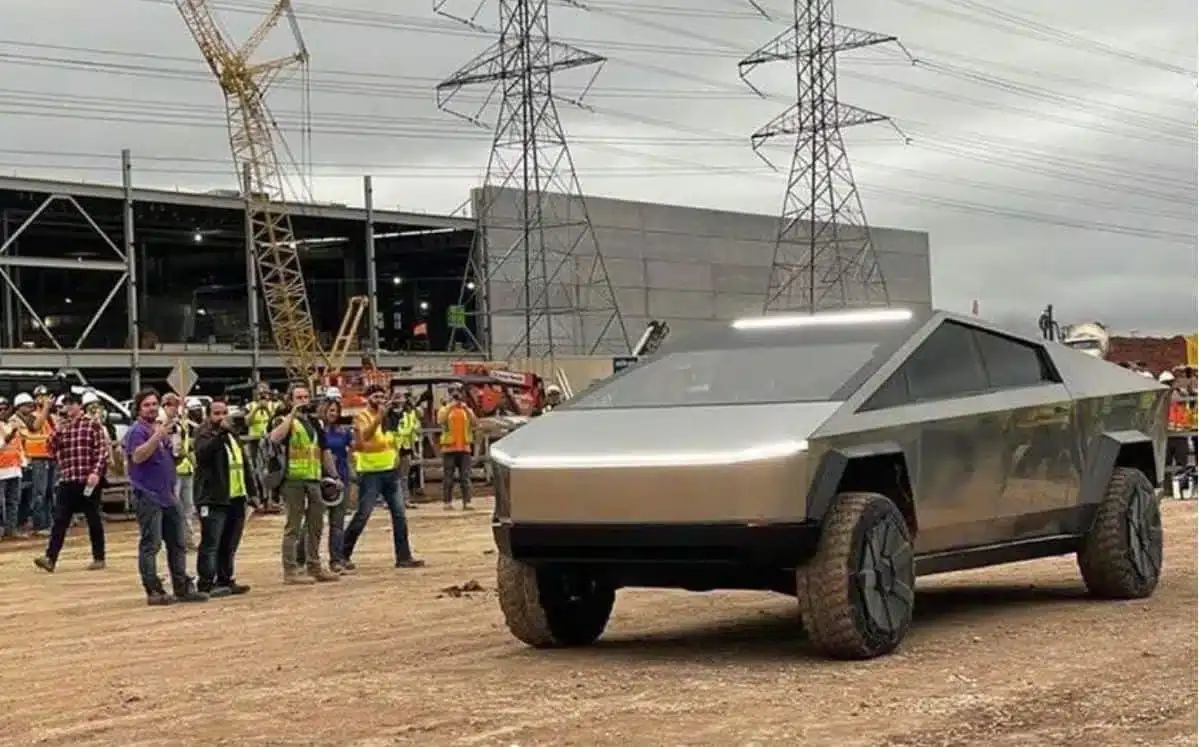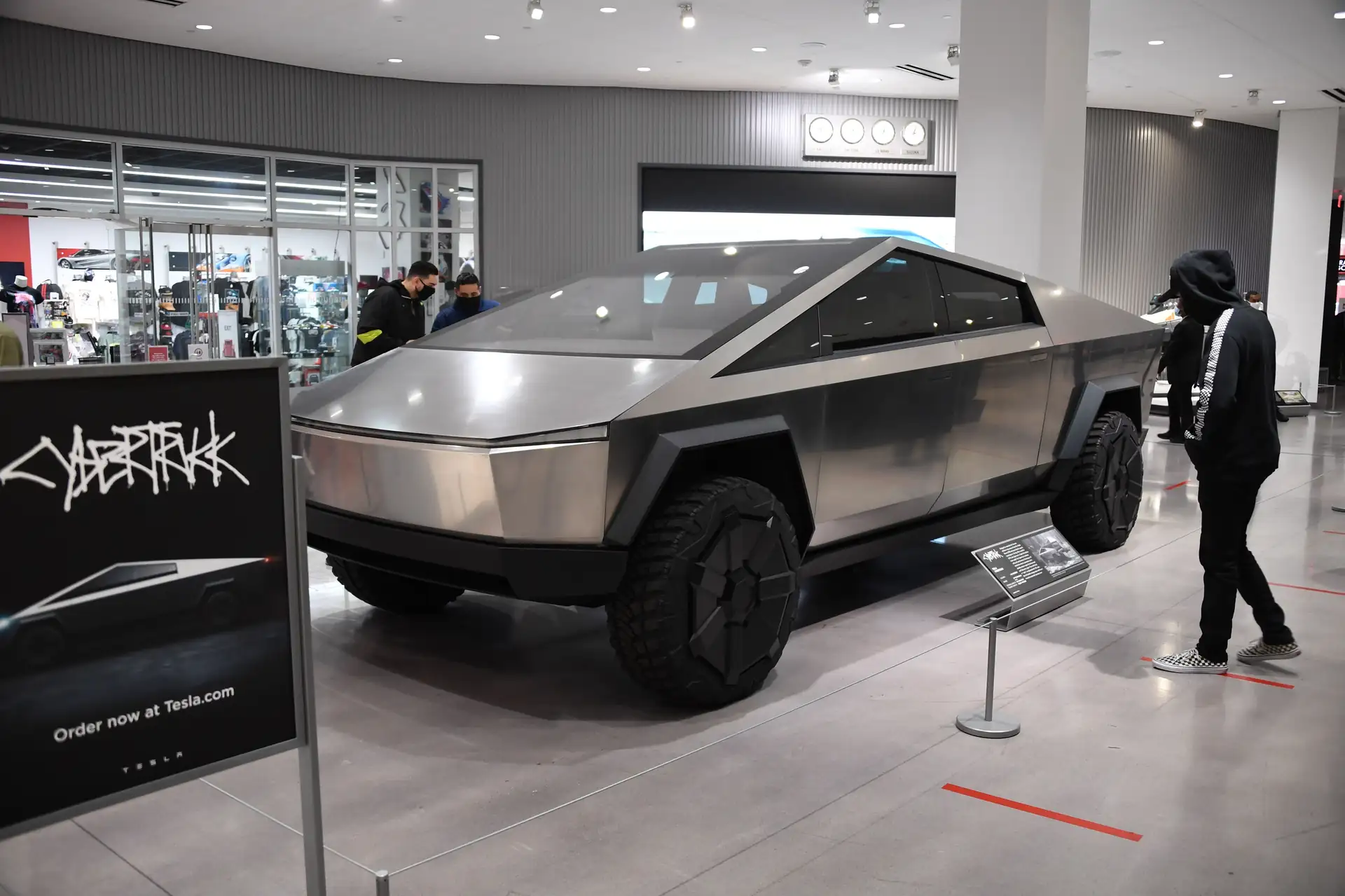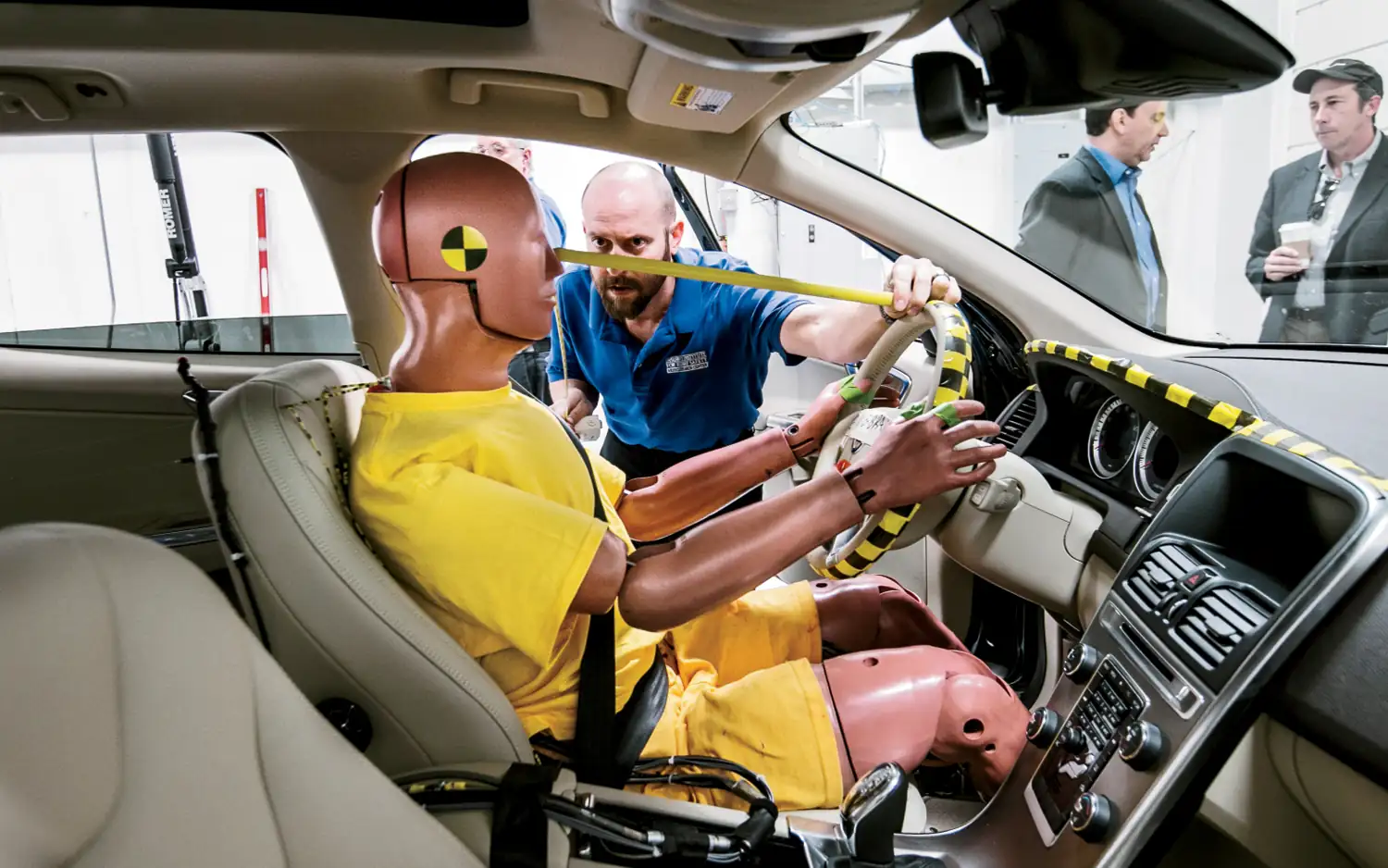Let’s be real—when you think about buying a Cybertruck, safety might not be the first thing on your mind. You’re probably captivated by the jaw-dropping design or dreaming about driving an “apocalypse-proof” truck. But then you pause and think, “Wait… is this thing even safe for my family? Or me?”
Good news: we’re diving deep into this. By the end of this article, you’ll know all about the safety features, crash tests, and even the real-world drama surrounding the Cybertruck. We’re serving the facts in bite-sized chunks—simple, conversational, and packed with value.
Why Safety’s a Big Deal for Cybertruck Buyers

When Tesla announced the Cybertruck, it wasn’t just another pickup; it was a statement. People loved it—or hated it. But everyone had questions. A lot of them boiled down to: How does this thing hold up when life happens?
Here’s why this matters:
- Size and Shape: It’s massive and angular—what happens in a crash?
- Battery Safety: EVs can catch fire. Does this one?
- Tesla’s Track Record: Let’s not ignore Tesla’s history with recalls.
If you’re nodding along, stick with me. Let’s break it all down.
The Bulletproof Body: Tough or Just a Gimmick?
The Cybertruck is wrapped in ultra-hard 30X cold-rolled stainless steel. Sounds cool, right? Elon Musk even had someone hit it with a sledgehammer during the launch event. It didn’t even dent. But here’s the twist—some say that kind of toughness might backfire.
Here’s Why:
- Crash Dynamics: A rigid body might protect the people inside, but it could make things worse for anyone on the outside. Pedestrians? Cyclists? They’re at risk.
- Repair Costs: Stainless steel is tough, but repairing it after an accident might burn a hole in your wallet.
This “bulletproof” idea is cool for marketing, but in real life, it’s a double-edged sword.
Active Safety Features: The Cybertruck’s Smart Side

Tesla doesn’t just rely on raw materials to keep you safe. The Cybertruck is packed with active safety features that aim to stop accidents before they happen. Think of them like your personal co-pilot.
Here’s what you get:
- Forward Collision Warning: Alerts you when a crash seems likely.
- Automatic Emergency Braking: Steps in when you don’t react fast enough.
- Lane-Keeping Assist: Keeps you centered, even on tricky roads.
- Blind Spot Monitoring: Because those angular edges make it hard to see.
These features aren’t new—they’re standard in most Tesla models. But hey, it’s good to know they’re in the Cybertruck too.
What About Crash Tests?

Now, let’s talk about the big elephant in the room: official safety ratings.
Here’s the deal:
- Tesla ran its own crash tests, and the footage looks promising. In frontal and side-impact tests, the cabin stayed intact. That’s a big win.
- But—and this is a big but—there’s no official NHTSA or IIHS rating yet. Yep, you read that right. The Cybertruck hasn’t been included in their tests (yet).
So while Tesla’s tests are reassuring, we still need those third-party stamps of approval to feel 100% confident.
Real-World Performance: Stories That Matter